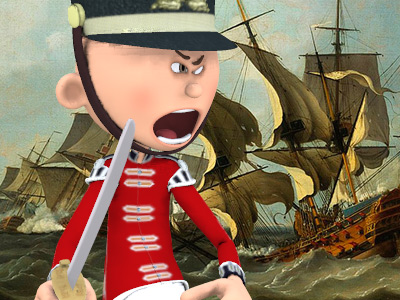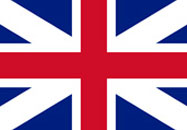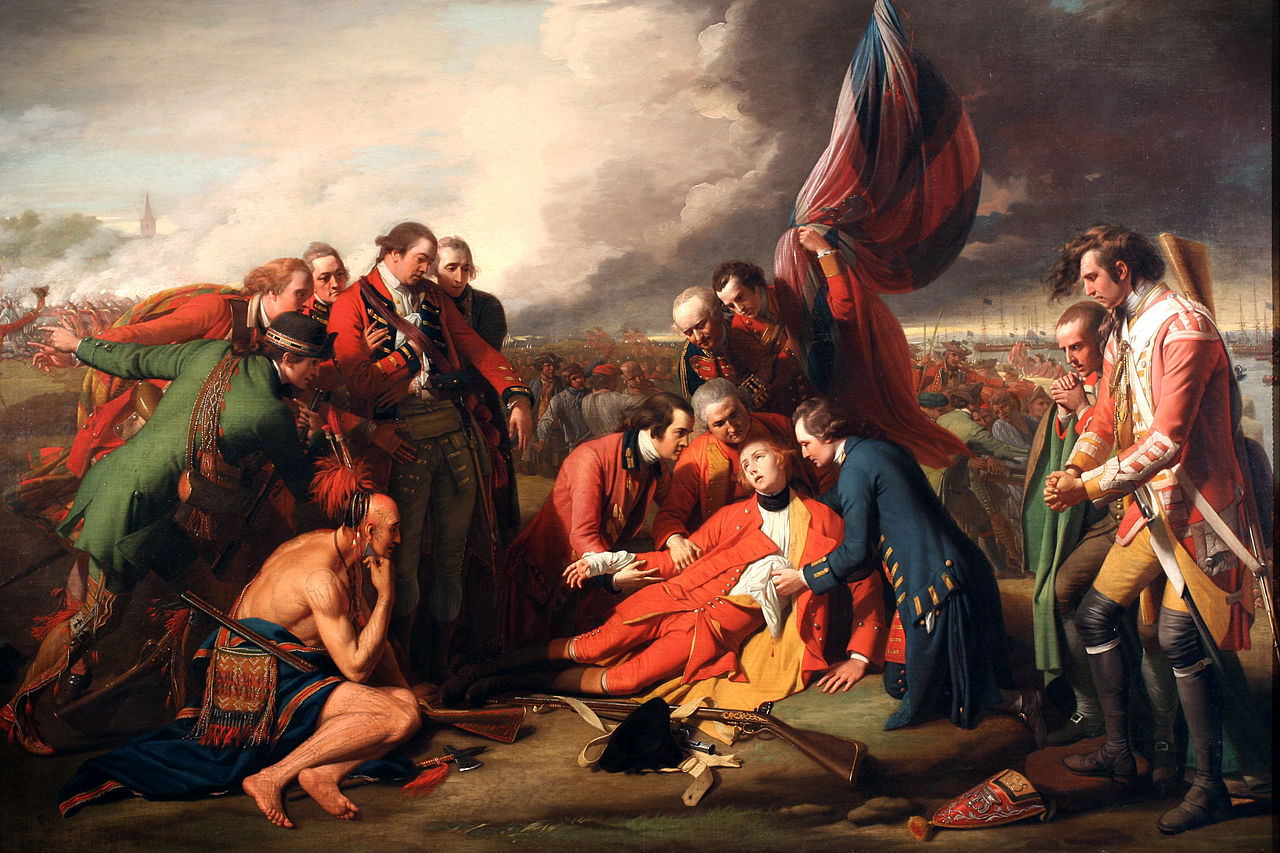Seven Years' War (1756-1763)
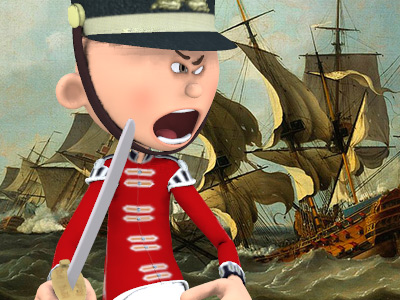
British Amphibious Descents
Great Britain planned a "descent" (an amphibious demonstration or raid) on Rochefort, a joint operation to overrun the town and burn shipping in the Charente. The expedition set out on 8 September 1757, Sir John Mordaunt commanding the troops and Sir Edward Hawke the fleet. On 23 September the Isle d'Aix was taken, but military staff dithered and lost so much time that Rochefort became unassailable. The expedition abandoned the Isle d'Aix, returning to Great Britain The Kingdom of Great Britain was a sovereign country in Western Europe from 1 May 1707 to the end of 31 December 1800. The state was created by the 1706 Treaty of Union and ratified by the Acts of Union 1707, which united the kingdoms of England (which included Wales) and Scotland to form a single kingdom encompassing the whole island of Great Britain and its outlying islands, with the exception of the Isle of Man and the Channel Islands. on 1 October.
The Kingdom of Great Britain was a sovereign country in Western Europe from 1 May 1707 to the end of 31 December 1800. The state was created by the 1706 Treaty of Union and ratified by the Acts of Union 1707, which united the kingdoms of England (which included Wales) and Scotland to form a single kingdom encompassing the whole island of Great Britain and its outlying islands, with the exception of the Isle of Man and the Channel Islands. on 1 October.

Under Pitt's leadership, Britain's position as the leading colonial power was confirmed by the Seven Years' War
Despite the debatable strategic success and the operational failure of the descent on Rochefort, William Pitt—who saw purpose in this type of asymmetric enterprise—prepared to continue such operations. An army was assembled under the command of Charles Spencer, 3rd Duke of Marlborough; he was aided by Lord George Sackville. The naval squadron and transports for the expedition were commanded by Richard Howe. The army landed on 5 June 1758 at Cancalle Bay, proceeded to St. Malo, and, finding that it would take prolonged siege to capture it, instead attacked the nearby port of St. Servan. It burned shipping in the harbor, roughly 80 French privateers and merchantmen, as well as four warships which were under construction. The force then re-embarked under threat of the arrival of French relief forces. An attack on Havre de Grace was called off, and the fleet sailed on to Cherbourg; the weather being bad and provisions low, that too was abandoned, and the expedition returned having damaged French privateering and provided further strategic demonstration against the French coast.
Pitt now prepared to send troops into Germany; and both Marlborough and Sackville, disgusted by what they perceived as the futility of the "descents", obtained commissions in that army. The elderly General Bligh was appointed to command a new "descent", escorted by Howe. The campaign began propitiously with the Raid on Cherbourg. Covered by naval bombardment, the army drove off the French force detailed to oppose their landing, captured Cherbourg, and destroyed its fortifications, docks, and shipping.
The troops were reembarked and moved to the Bay of St. Lunaire in Brittany where, on 3 September, they were landed to operate against St. Malo; however, this action proved impractical. Worsening weather forced the two armies to separate: the ships sailed for the safer anchorage of St. Cast, while the army proceeded overland. The tardiness of Bligh in moving his forces allowed a French The Kingdom of France is the historiographical name or umbrella term given to various political entities of France in the medieval and early modern period. It was one of the most powerful states in Europe since the High Middle Ages. It was also an early colonial power, with possessions around the world. Colonial conflicts with Great Britain led to the loss of much of its North American holdings by 1763. The Kingdom of France adopted a written constitution in 1791, but the Kingdom was abolished a year later and replaced with the First French Republic. force of 10,000 from Brest to catch up with him and open fire on the reembarkation troops. At the battle of Saint Cast a rear-guard of 1,400 under Dury held off the French while the rest of the army embarked. They could not be saved; 750, including Dury, were killed and the rest captured.
The Kingdom of France is the historiographical name or umbrella term given to various political entities of France in the medieval and early modern period. It was one of the most powerful states in Europe since the High Middle Ages. It was also an early colonial power, with possessions around the world. Colonial conflicts with Great Britain led to the loss of much of its North American holdings by 1763. The Kingdom of France adopted a written constitution in 1791, but the Kingdom was abolished a year later and replaced with the First French Republic. force of 10,000 from Brest to catch up with him and open fire on the reembarkation troops. At the battle of Saint Cast a rear-guard of 1,400 under Dury held off the French while the rest of the army embarked. They could not be saved; 750, including Dury, were killed and the rest captured.
HISTORY
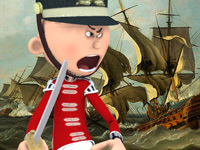
RESOURCES
This article uses material from the Wikipedia article "Seven Years' War", which is released under the Creative Commons Attribution-Share-Alike License 3.0.
© Stories Preschool. All Rights Reserved.
